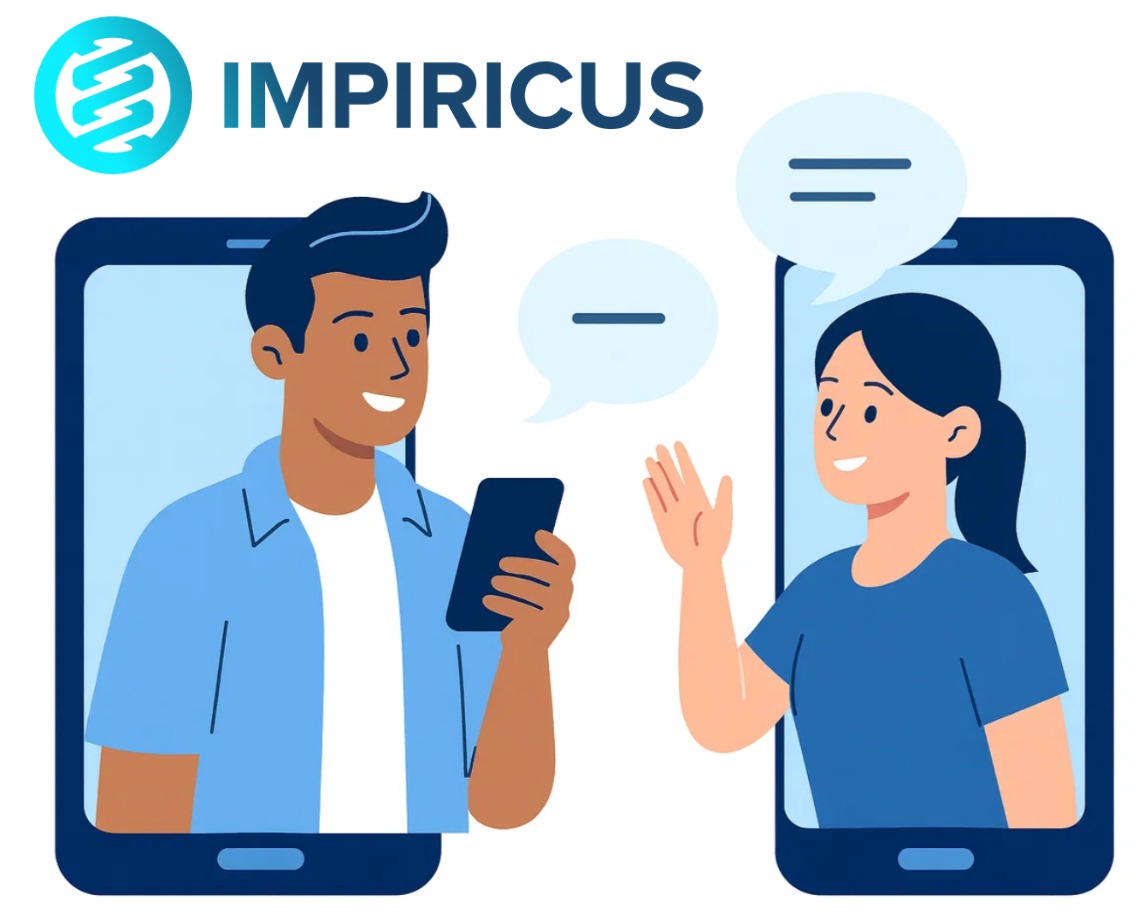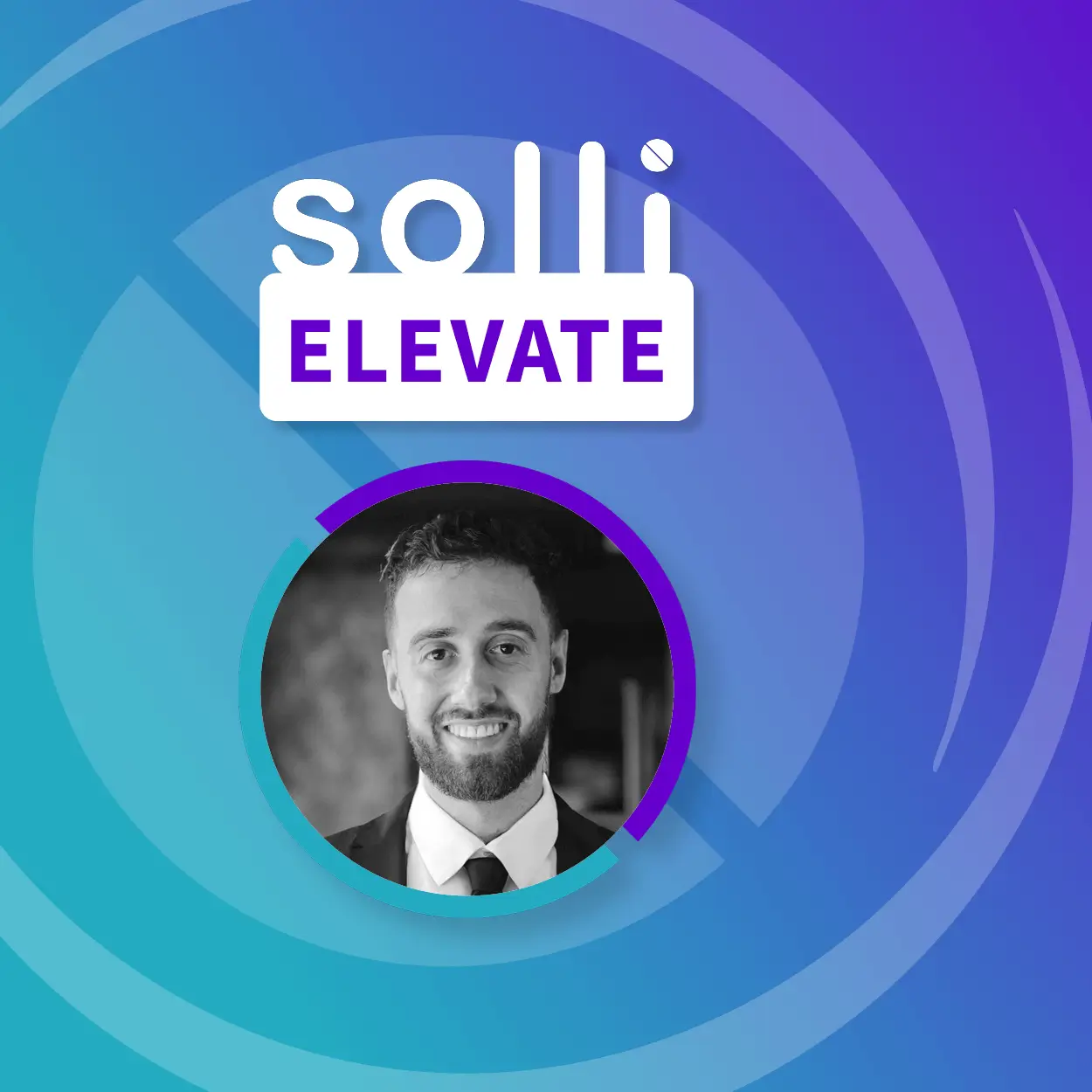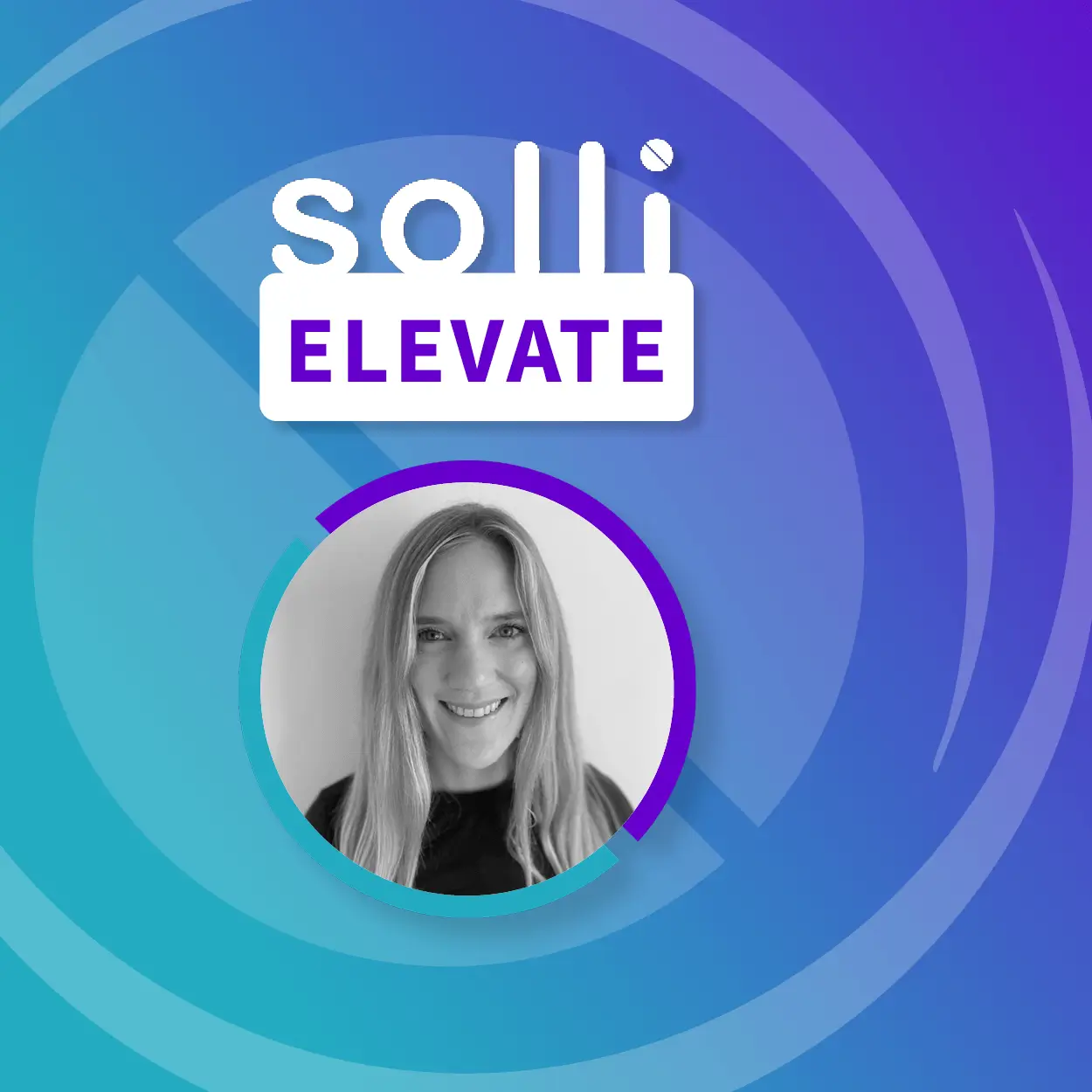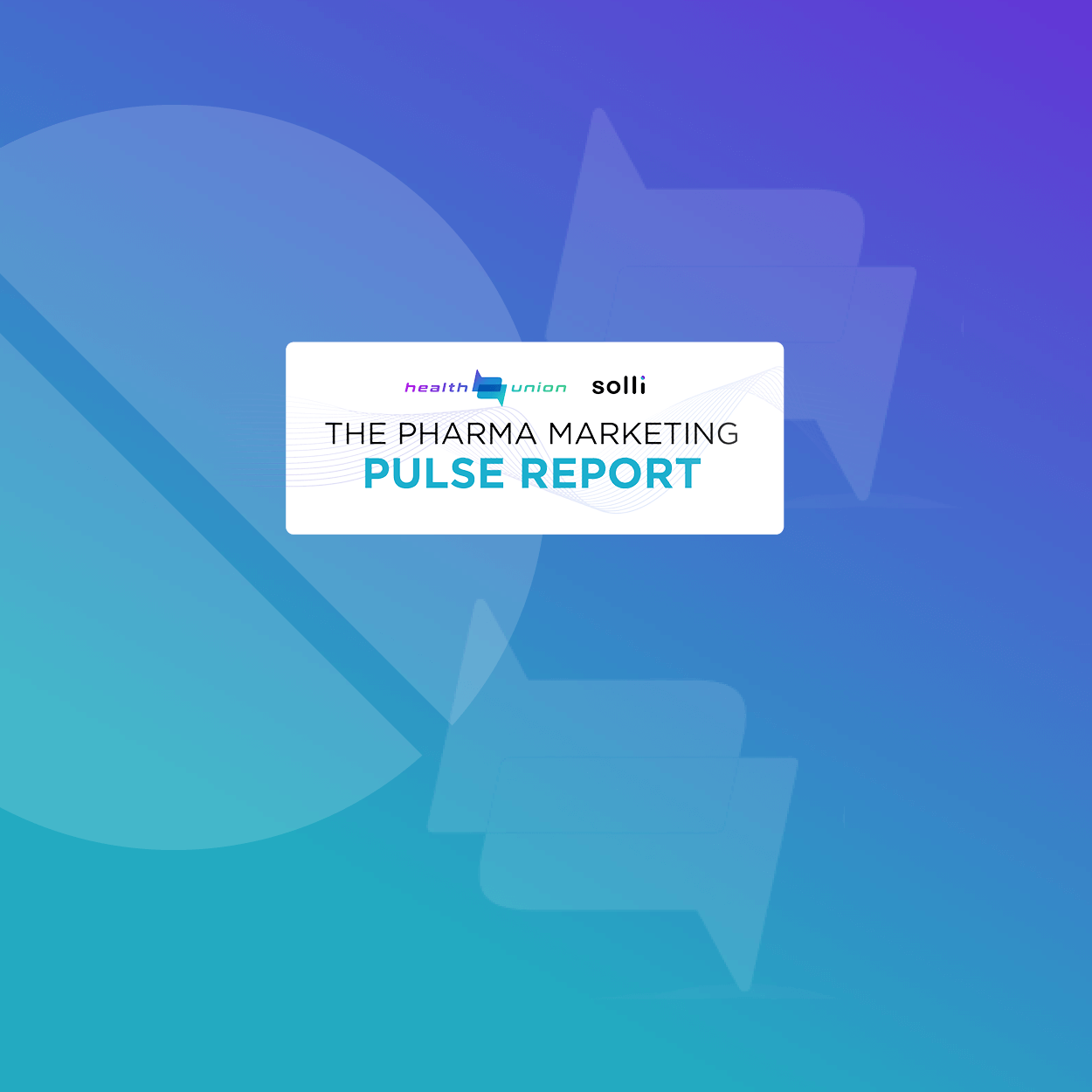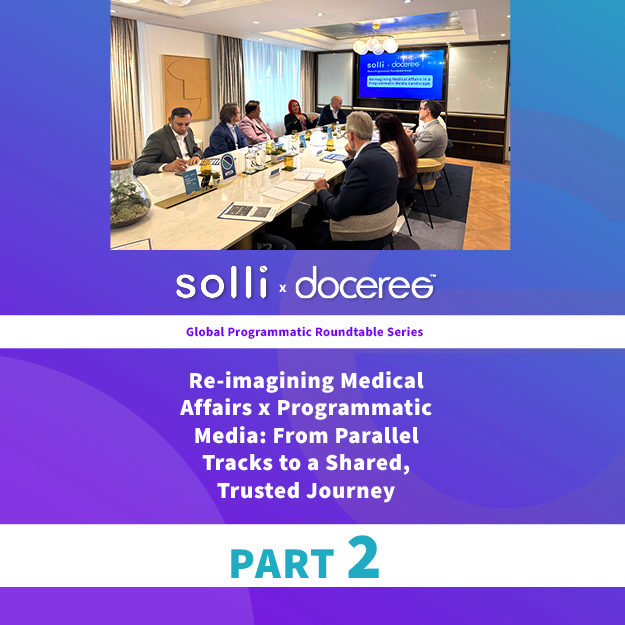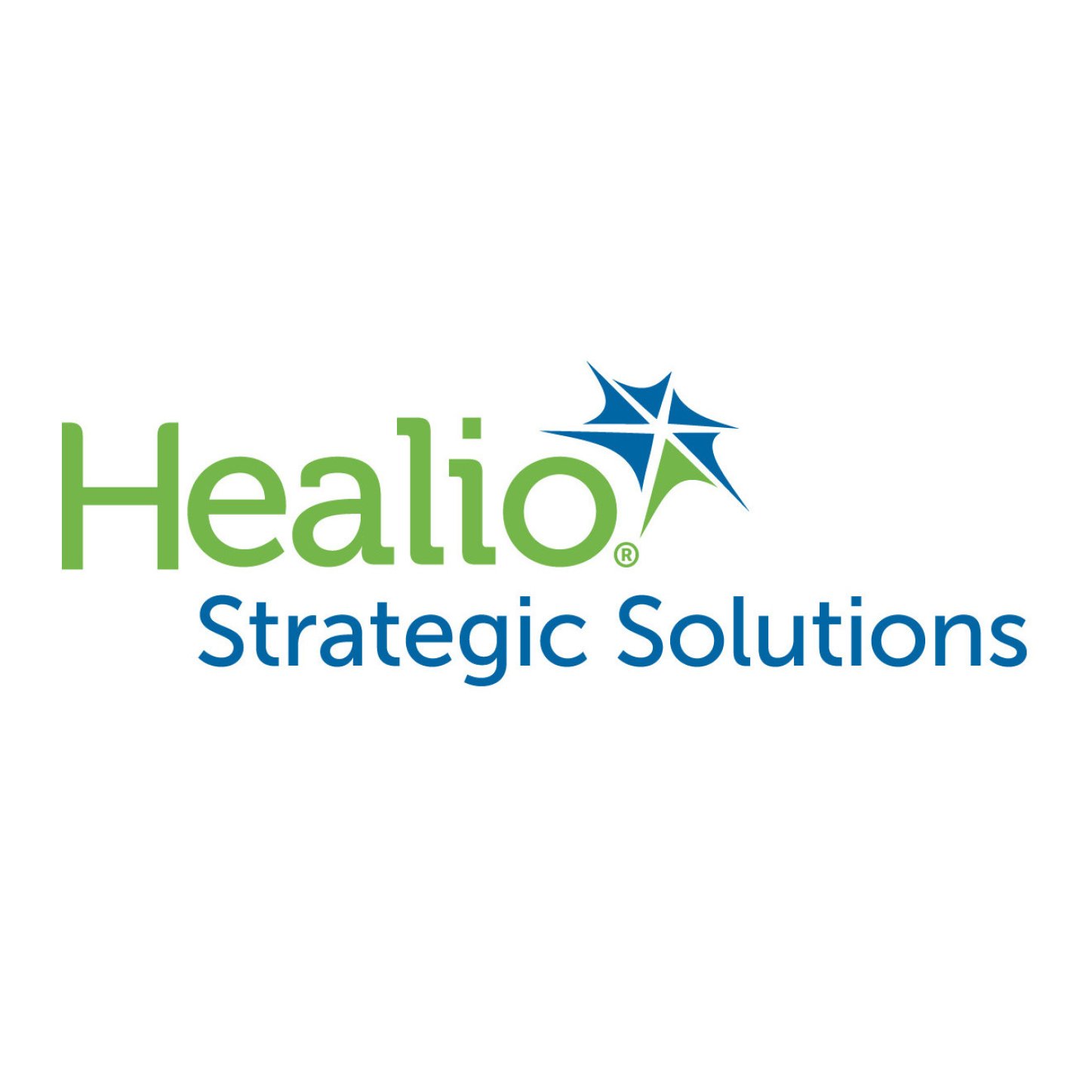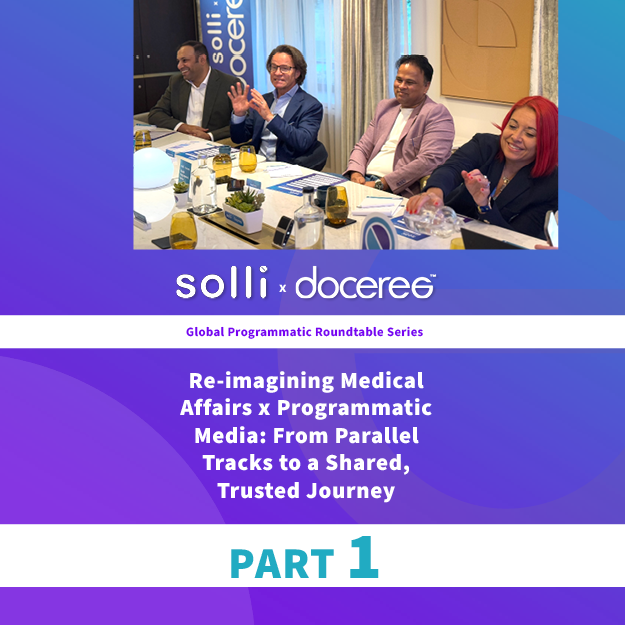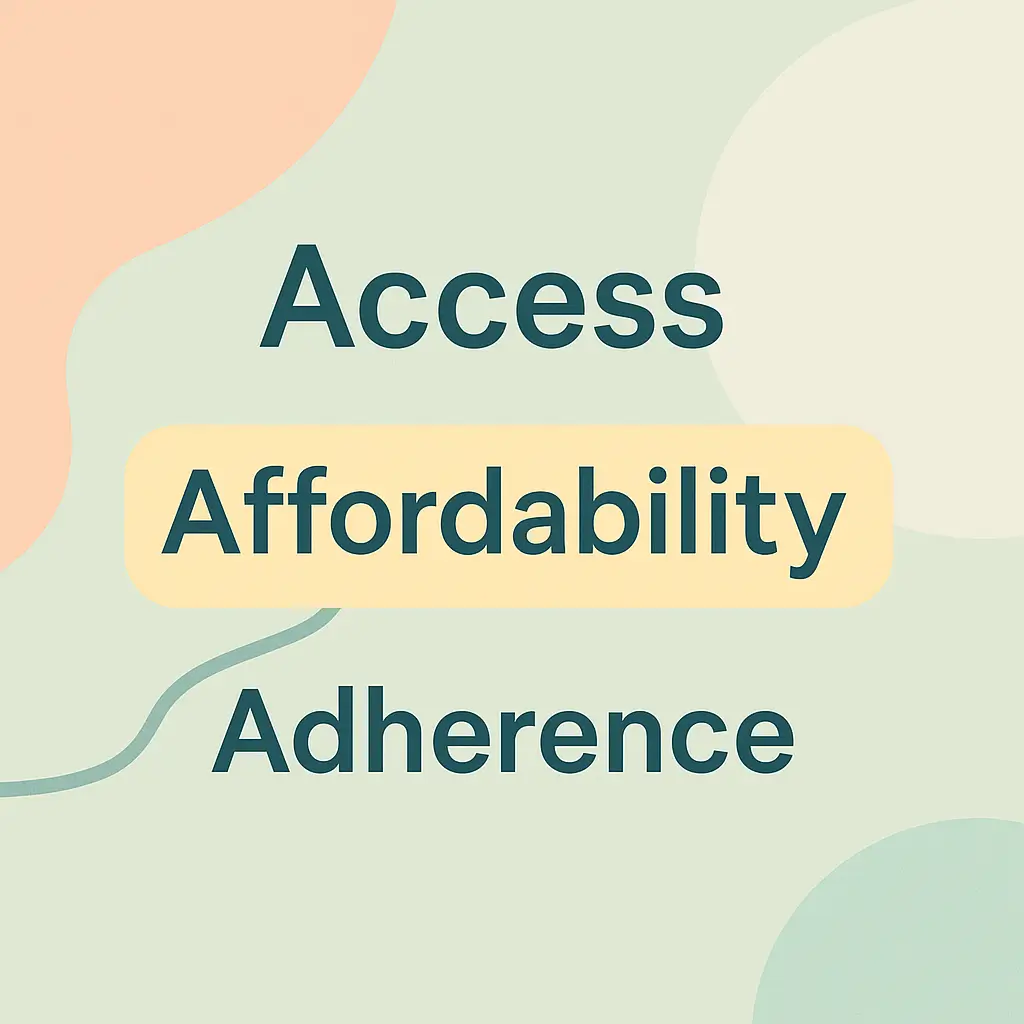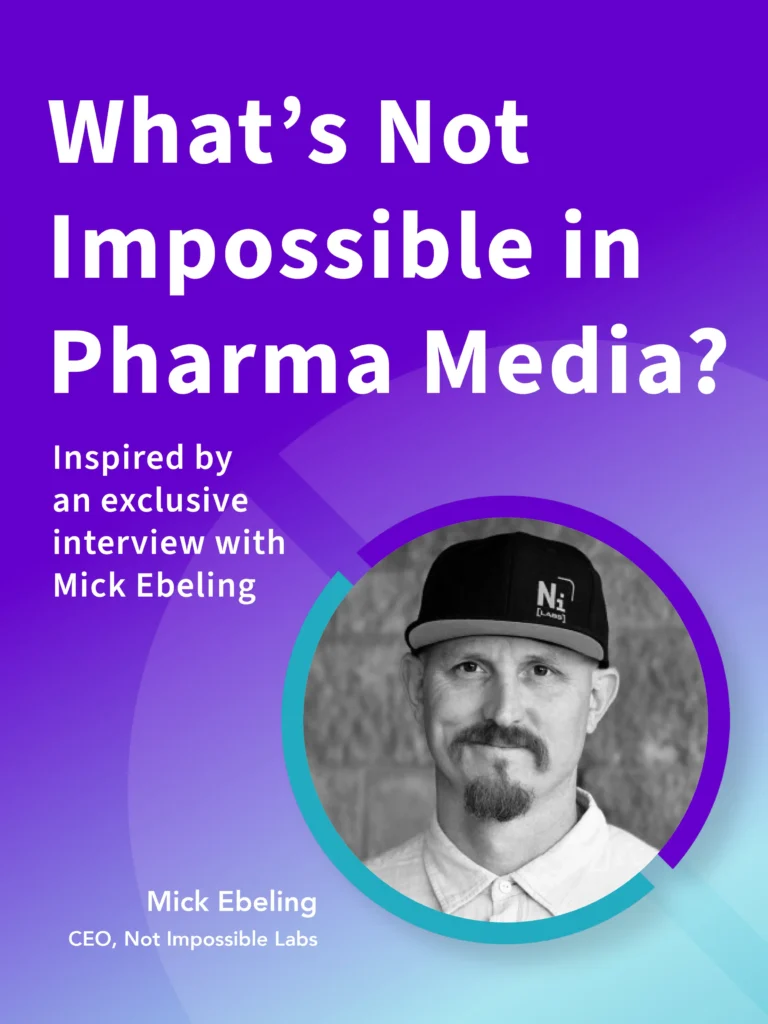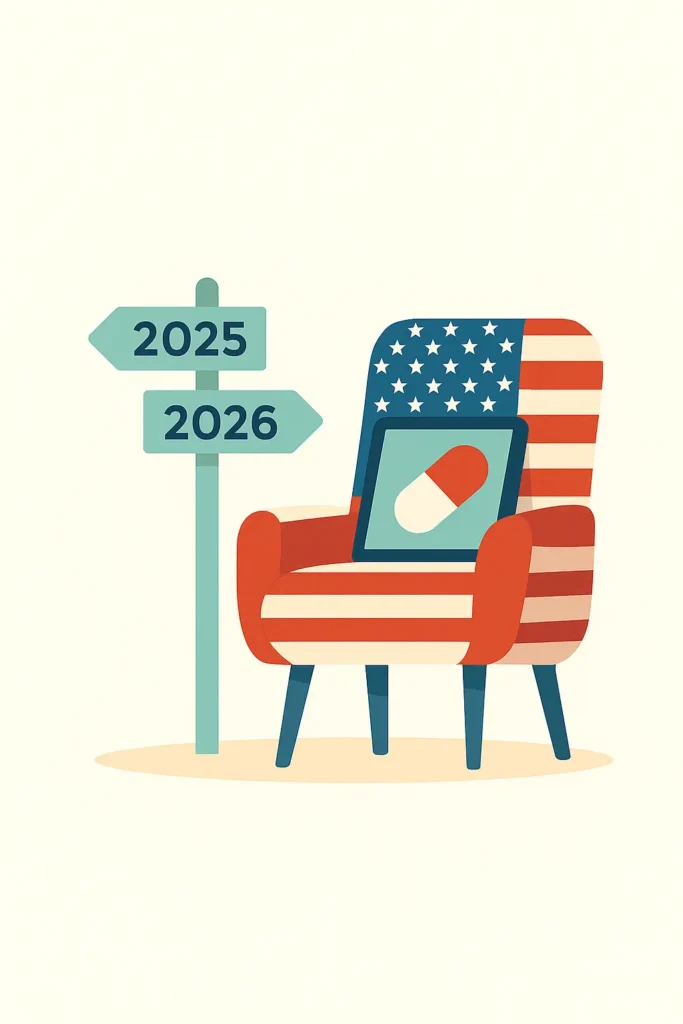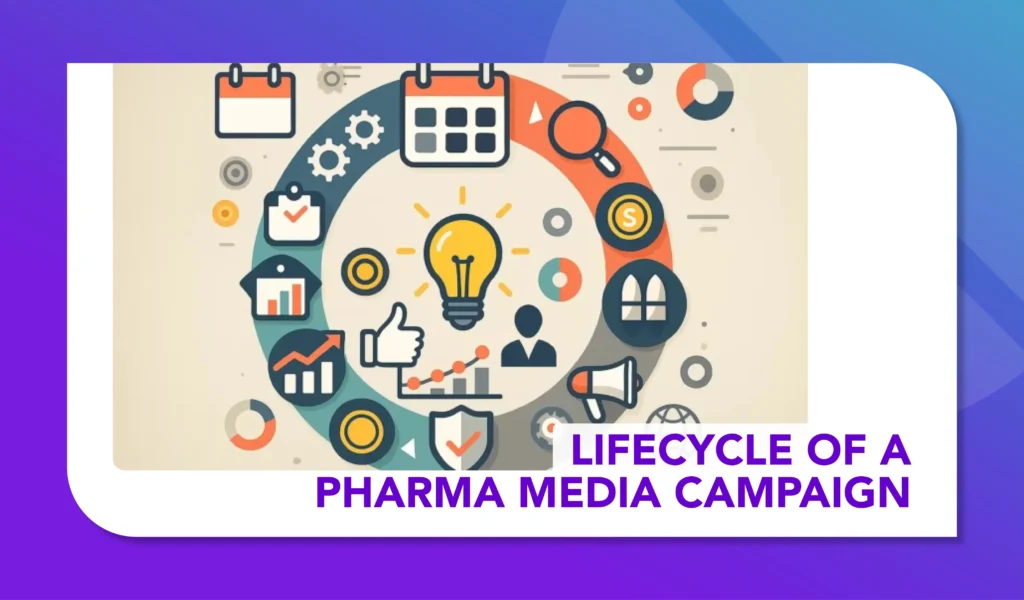What is a Media Ecosystem and why should I care?
Effectively Interrogating the Pharmaceutical Marketer’s Media Ecosystem

What is a Media Ecosystem?
Like marketers in every other category, pharmaceutical marketers need to ensure their Media Ecosystem is fit to deliver on business objectives. The “why” is simple: media investment ranges from the millions to billions in working media plus the millions allocated to Media Agency fees. That investment must deliver from both efficiency and effectiveness metrics.
What exactly is a marketer’s Media Ecosystem? A large part of it is the Media Agency in place that handles media strategy, investment and measurement of DTC and HCP budgets. This is only one part of it. Equally important is the marketer’s internal organizational framework in place to ensure the Media Agency is clearly briefed, work is prioritized and accountability metrics are in place ensuring delivery of aligned objectives. Many of the larger pharma marketers have invested in internal media expertise that can range from media management to in-housing of certain media channels. Some marketers, many of them smaller than the AbbVies and Pfizers of the world, do not have internal teams in place. In this instance, what is the internal structure in place to partner with and manage the Media Agency effectively?
With that background in place, there are fundamental questions marketers must answer to validate the current state of the Media Ecosystem and identify gaps and solutions.
How is the Media Agency relationship managed?
To the earlier point, this will fall into one of two buckets: you either have internal media subject-matter expertise in-house or you do not.
If you do, best practice dictates the internal Media Team serve a point for leading and driving the overall Media Ecosystem…of course in lockstep with the business and in service of their objectives and priorities. This creates the extended media team serving the marketer and brands, the core Media Ecosystem partnership between internal Media Team and Media Agency. This is where a company’s approach to media is conceived and implemented across brands; where Media Principles are agreed, applied, and optimized as the market fluctuates over time.
Internally, the Media Team is at the nucleus of the Media Ecosystem. However, to be effective there are business functions that play a critical role in delivering success.
- A strong Procurement partner is required to set and execute commercial strategies and overall governance of the partnership. This is especially important if the need for a competitive review becomes evident.
- Data and analytics underpin all media decisions, which necessitates a strong partnership with this function in crafting measurement plans, optimizing media channel investment decisions, and executing media test and learn plans effectively.
- Marketing is the internal Media Team’s client as the brand stewards and P&L owners, therefore their buy-in to the overall approach to media strategy, investment and measurement is a requirement.
Depending on the organization, there are other internal functions playing critical roles in the Media Ecosystem: Finance, Regulatory, Compliance, Sales, Senior Leadership, to name a few.
If internal Media subject-matter resource is not present in your organization, you should be seriously questioning why not, given the size of the investment and the complexity and fast-evolving nature of the media marketplace.
The fact remains, without this expertise in-house, it is likely the marketing team will need to build their capability to the point of confidently interrogating Media Agency recommendations with the right questions to ensure the desired outcome. To get the right outcome, the media brief must be clear and concise. A great media plan delivered on a vague or incomplete brief will most likely fail, all or in part. Critically, whomever ultimately stewards the Media Ecosystem in this framework should not be a multi-headed beast, nor should it be relegated to brand team members on a rotating basis. There needs to be a single, consistent voice closely partnering with, inspiring, and challenging the Media Agency to affect optimal results.
Is there proper partnership governance?
What discipline is in place to guide the partnership over the course of time? There should be a framework in place that flows from the business with clear objectives, KPIs and owners in place including a mechanism for real-time prioritization as unplanned initiatives surface. Without this framework in place to govern the partnership, there will always be conflicting opinions on priorities, timelines, and resources. The Media Agency will spend far too many of their hours chasing down operational and administrative tasks rather than developing business-impacting strategies.
Is there a 360-feedback loop to ensure both sides of the Media Ecosystem?
Advertisers typically provide performance feedback for the agency that feeds into whatever performance bonus scheme has been negotiated. What is not as typical is an avenue for the Media Agency to deliver meaningful feedback on their client. It is equally important to elicit feedback from the agency as it is to deliver feedback to the agency. How else can you get a complete picture on how well the ecosystem is functioning?
When is the right time to hold a media agency pitch?
The preceding questions should give advertisers a clear picture of the Media Ecosystem inclusive of Media Agency and Client. If the framework is in a good place and the work is still not meeting the agreed-upon standard, then a refresh could reasonably be explored. If the Media Agency assignment is put into review, the marketer must invest the time and energy into defining what the Media Agency must deliver and what are the criteria on which success will be judged.
Before any organization decides they need to put the media account into a competitive review, ensuring the internal side of the Media Ecosystem is set-up and empowered to successfully lead the Media Agency partnership is critically important. Without getting this right first, a review is a waste of time and money.
What are the typical evaluative criteria for a media agency competitive review?
Elements that have and continue to be core to an RFP include staffing, fees, platform costs and other commercial factors. On the media delivery side, marketers are looking at a means to measure the agencies’ strategic thinking ability, understanding of the pharma category, ability to create media strategies and translate those into impactful media plans as well as get a feel of the agencies’ ability to deliver quality and timely thought leadership.
Marketers also need to get media pricing benchmarks for comparison to their legacy rates, the media marketplace and as a basis for comparison between competing agencies in the RFP.
Data and analytics integration within existing client platforms as well as delivering new and creative means of securing and leveraging marketing data via paid media has become increasingly more prevalent and a critical criterion.
Six key emerging areas pharmaceutical marketers should be including in their RFPs
- The key one I have seen playing a big role in the process is a Media Agency’s ability to deliver an integrated DTC/HCP offering versus discrete teams for each. Agencies should have talent that can speak to their client about the entirety of the media plan across all key audiences.
- Brand safety is a huge issue given many large media companies are disposing with fact-checking and moderating content which leaves advertisers extremely vulnerable to having their brands appearing alongside undesirable content. This will continue to morph over the next four years and therefore requires close oversight.
- While the purchase funnel is largely a consumer construct, the principles of awareness, consideration, and action apply in the pharma category. There are agencies that perform exceptionally well in the awareness and branding space and those that are more comfortable in the performance marketing area. All brands require a mix of both with rare exceptions, so marketers must have an agency model that can deliver on all phases with equal effectiveness.
- Related to that point, the practice of full-on media planning strategy has been eclipsed in recent years by deep channel specialism. The agency’s ability to translate business objectives into a media strategy from which all channel selection can flow is critical and should be prioritized in the RFP and related staffing plans.
- An agency’s ability to support a pharma company’s media capability journey is very important, especially for those organizations that do not have internal media expertise on staff. The media marketplace is moving at such a rapid pace, it is incumbent on client organizations to set an expectation their marketers will maintain a level of media competency at pace with the industry.
- Of course, talent has always been a key evaluative criterion in an RFP. However, I am calling it an emerging area for a specific reason. The quality of talent is what is going to ensure even the best Ecosystem will succeed or fail. Clients need to dive deeper than maybe they have done in the past to understand the level of capability the proposed talent has and that there are high-quality and sufficient levels of talent at all levels of the agency.
How many Media Agencies should be servicing a marketer’s media?
My point of view on this is informed by working in multi-agency as well as sole agency models. It is far simpler for a client to manage a single media agency than multiple agencies. One fully integrated media service is the best option for any client. This makes data provision and reporting much less of a burden on clients than those with multiple agencies where clients will spend inordinate time synthesizing the data, ensuring quality control, and drawing clear and actionable insights. Most media agencies today are prioritizing an integrated DTC/HCP offering, some are doing better at it than others, but it is the direction the industry should be embracing. To take the single-agency principle to its fullest articulation, I have also seen full-service agencies successfully take on a consolidated creative and media assignment. Summing up this point, anything that can introduce simplicity into a model and allows for media agency resources to focus on delivering business impacting media strategies and plans should be prioritized.
What about in-housing Media?
It can be done. It can be done well. It is however, much easier said than done. Firstly, marketers need to fully understand the risks and benefits to in-housing any media channel and these will vary by company. Companies need to look at in-housing as a strategic investment and not an efficiency play with immediate bottom-line benefit. There are infrastructure costs, primarily people and systems, that should be carefully considered and compared to what the agency service in place is costing. If the strategy makes sense, I have worked with agencies that will support a client’s in-housing plans. In this respect, it is a smarter play to ensure your Media Ecosystem is functioning optimally before serious exploration of in-housing. You will need your media agency partner fully supporting this ambition.
In conclusion
The ability to connect media investment to a business impact requires pharmaceutical companies invest the time and resources to audit their current Media Ecosystem using the framework laid out here in addition to whatever priorities matter to your unique challenges. It should be a realistic expectation you can identify and close gaps in partnership with your current Media Agency partner. Initiating a competitive agency review will always be an option, however realistic alternatives should first be exhausted.
Scott Grenz is President and Founder of Genco Pura Media, a Media Advisory practice serving Advertisers, Media Agencies and Media Sellers. Scott has created Media Ecosystems and led Media Agency Reviews throughout his career for Pharmaceutical and Healthcare companies among other categories.

